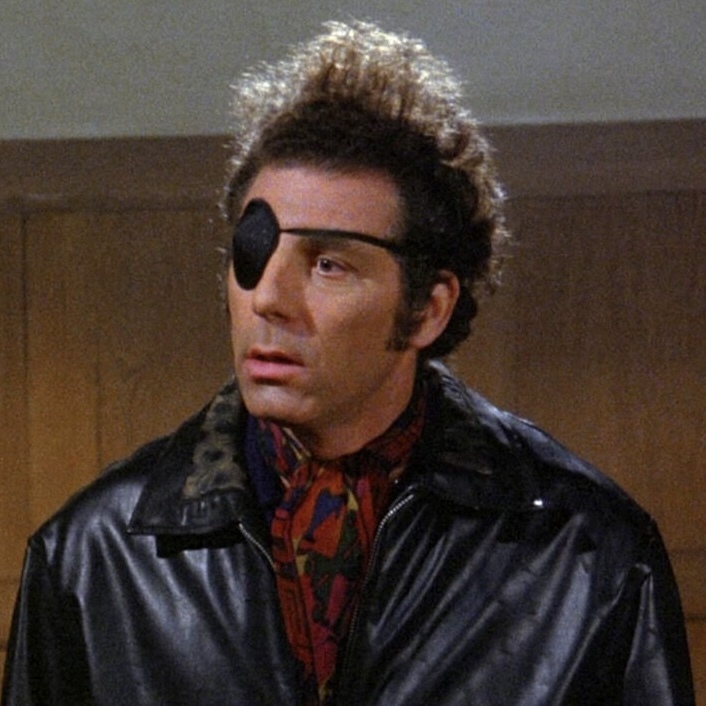It just seems like it would be a really cool thing to have gills and be able to populate the oceans in the same way we populate the land. We could have houses and shops and vehicles, andgo on walks/swims and just kind of live underwater.
Start a whole new second species of human here on earth maybe, Who knows?
Yes, but being able to change genetic code does not mean being able to design entire organs and pop 'em in there during fetal development. That would be very challenging.
Gene editing has the most positive potential when it comes to things like curing/eradicating genetic diseases, doing microbiological research, or engineering metabolic products in microorgsnisms.
In short, we could, but the cost would be incredible.
All vertebrates are animals that develop from a series of segments, with a vertebra at the core. In our time from eel-like fish, we’ve specialised these segments so, for example, we have ribs on the vertebra corresponding to the rib cage.
To support arms and legs, specific vertebra have become highly specialised in the form of hips and shoulders.
Gills are composed of a series of gill arches, one on each vertebra in the neck area. These structures have (in eels) a lot of blood vessels to carry the blood that needs reoxygenation.
An interesting thing happened as the eel-like creatures differentiated, evolved jaws and ultimately ended up as mammals and humans: nature co-opted the specific vertebra that had these gill features and turned them into jaws and ears and a variety of other features in the head and neck. For example the tiny bones in your ear were once fish jawbones which were previously one (or more) gill arches.
The stupendously complex anatomy in this area comes from all the short-term ‘decisions’ evolution took to make all the magnificent creatures that inhabit the earth.
For example the nerve that connects the brain to the larynx (the recurrent laryngeal nerve) emerges from a vertebra high up in the neck, decends down under the aorta in the chest and then back up into the neck to the larynx. In the giraffe, the nerve is many meters long, even as it’s direct path could be a few centimeters. The reason is that the heart used to be close to the gills in fish and sharks. As the heart moved in land animals, the nerve was caught in a loop around the critical aorta and it was ‘pulled’ along for the evolutionary ride.
So, in order to turn your gills back on, you need to unprogram 450m years of evolution of the structures you call your head, face and neck.
I’d recommend ‘Your inner fish’ by Shubin - it’s a wonderful read and explains this in far more detail that I can manage.
Fascinating.
If you like this, this goes under the moniker ‘evo/dev’ - evolution of the ‘development’ of the organism. A lot of genes don’t code for proteins that ‘do’ something in the body, like haemoglobin or fingernails - they code proteins that tell the body how to develop from a single cell. Many are active for a short window in development. Some are active in a single location, like at the thumb end of the limb bud, and tell the cells where to become a finger, thumb or palm bone. Some work across vastly different animal classes - the ‘build an eye here’ gene works in humans and flies and everything in-between.
So there isn’t a way to “add” a feature on top of the existing organism’s physical system? We have to lose ribs to get gills? That kinda sucks.
maybe?, if we accept the mountains of dead human babies the research would inevitably produce.
Sure. I take lungs now, give you gills next week.
Of all the Justice League members you could choose to have the powers of, you chose Aquaman?
We’d be able to buy up all the soon-to-be-flooded coastal property up for a song.
Well, if the Wonder Twin powers are available…
There’s not enough oxygen in water to support our metabolisms, even if we had gills.
Fish are adapted to conserve and use less oxygen, from slower metabolic rates to more options for anaerobic respiration that doesn’t poison oneself from within.
Well thats not really the most relevant thing here even if correct because you could give someone gills and let them keep their lungs too just having the gills to extend how long we can dive would be useful
I don’t believe this. Sailfish, barracuda, tuna, huge mass, highly active… I’m sure they use a HELL of a lot more oxygen than I do on a good day. Gills extract MORE oxygen than lungs do, they’re more efficient.
My unscientific opinion tho.
This article estimates at a 40kg sailfish uses about 2.7 megajoules per day of energy when hunting. That’s about 650 kcal.
An 80kg human weighs about twice as much and needs about 3 times the energy, without even exertion.
Warm blooded animals spend a lot of energy just maintaining body temperature. Plus water doesn’t have very much oxygen in it, compared to the atmosphere.
Oh sure, if you’re going to use facts and science we may as well not even talk.
Seriously though, thanks for the insight.
This is the whole “if humans were going to have wings we’d have to redesign the whole organism from the ground up” fiasco all over again.
cd ~/me npm install gills —saveThere actually is a gills npm package, lol.
Did Jeff Goldblum teach us nothing?


But what about

🤮✊ 🤮🦶
How does Brundlefly eat?
Crisper isn’t changing an organism’s genes to that extent. When you’re designing an immune response with rna injection or other changes brought about with cytophages you can only get crispier. It’s sort of like how you can’t double fry fried chicken. It’s already crispy once, it just gets burned and dries out.
While it’s definitely not possible with current tech, I don’t see why it wouldn’t theoretically be possible. It would be an insanely complex, multi stage process, though.
What, double frying chicken wings?
Like Icarus, you’re mad with wonder. Do not try it. Do not fly close to the sun of double crispy wings.
Pretty sure you can already get those you just need to have sex with enough siblings and cousins
That’s what I keep telling them!
Its funny I did a paper on CRISPR in highschool and was very interested in the technology and one of the possible uses I mentioned was giving people gills to live underwater.
Have you been watching a fairly terrible late1990/early2000s tv series starring jessica alba? I’m pretty sure they had some fish-mutants.
I don’t think you can radically change a human’s environment that much faster than nature, especially not a system so critical as breathing. The whole organism (including the internal microbiome) needs to co-evolve with itself and the ecosystem it is to survive in - to function effectively as an independent organism. I don’t know how long it took cetaceans to evolve, but even they still breathe air at the surface - they’re really just big flappy hippos.
I’m sure it’s not impossible but I think you’d need, many, maybe thousands of generations for it to become something viable that can effectively provide enough oxygen to the other systems - or more likely adapt all the other systems to less oxygen. So it might have to live basically in a lab / sea-world for centuries. You might need scientists with unusual ethical standards to get to human - but an underwater rat? I’m sure you’d find a few Dr Mephestos out there eager to drown a few thousand of those.
Source: 100% ignorant opinion.
I was just thinking there’s plenty of creatures bigger than us with much more active lifestyles. And gills are kind of self-contained. Just slap them on there and away you go!
Hypothetically. 100% ignorant opinion as well.
I take lungs now, gills come next week.

Human embryos do have immature gills, but they are reused to create ears, jaw, tonsils, thymus, parathyroids and the large arteries in the neck and upper chest. We could add extra pairs and try to turn them into actual gills, although that would require removing the aortic arch and forcing all blood through the gills. Connecting them to the pulmonary system is not possible, as lungs and gills need different pressures (that’s the whole reason we have two circuits). Maybe we could connect them in parallel to the aorta? That would only work as a backup, but with an adequate vasomotor system could do a nice job!
would









